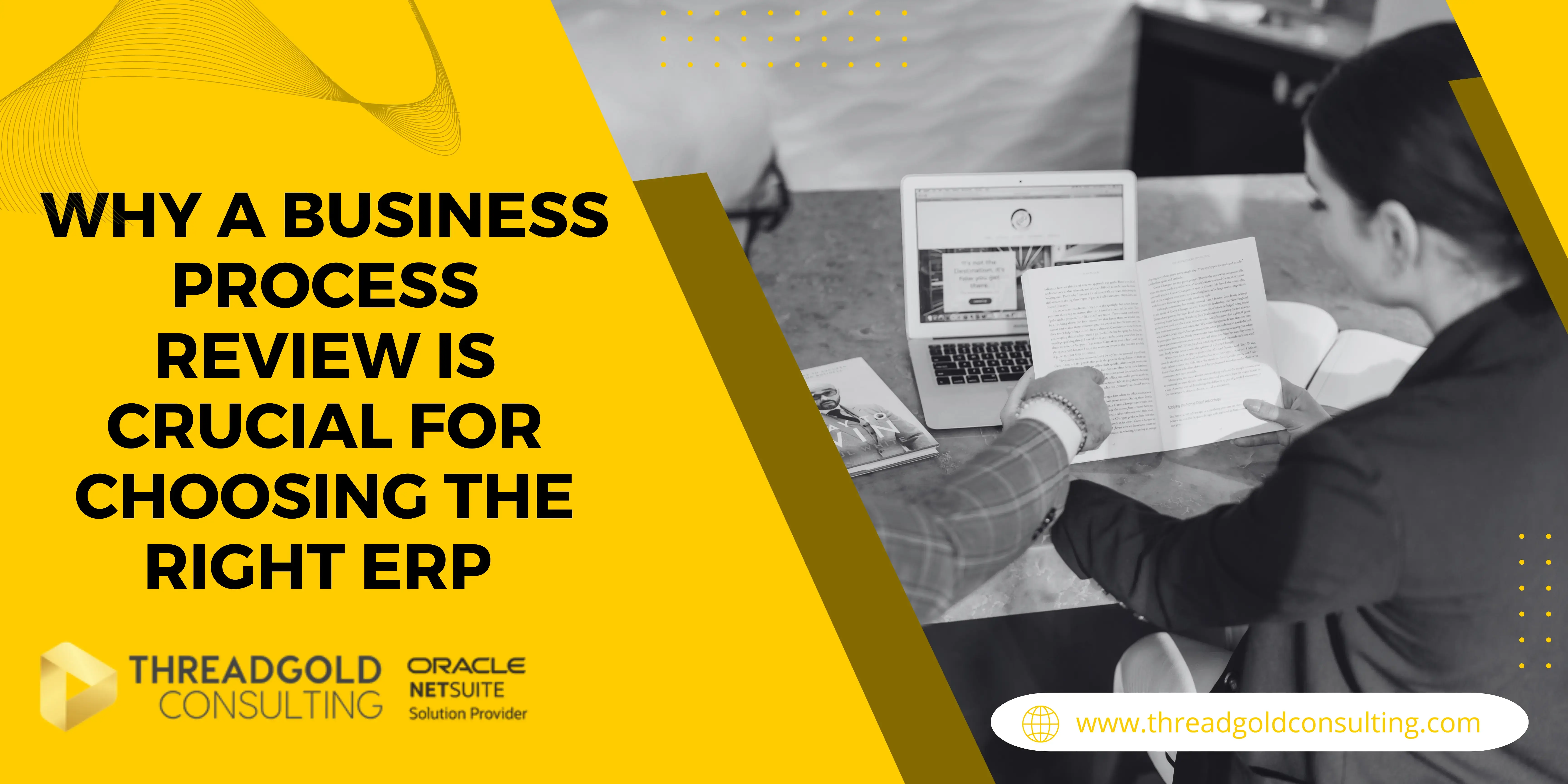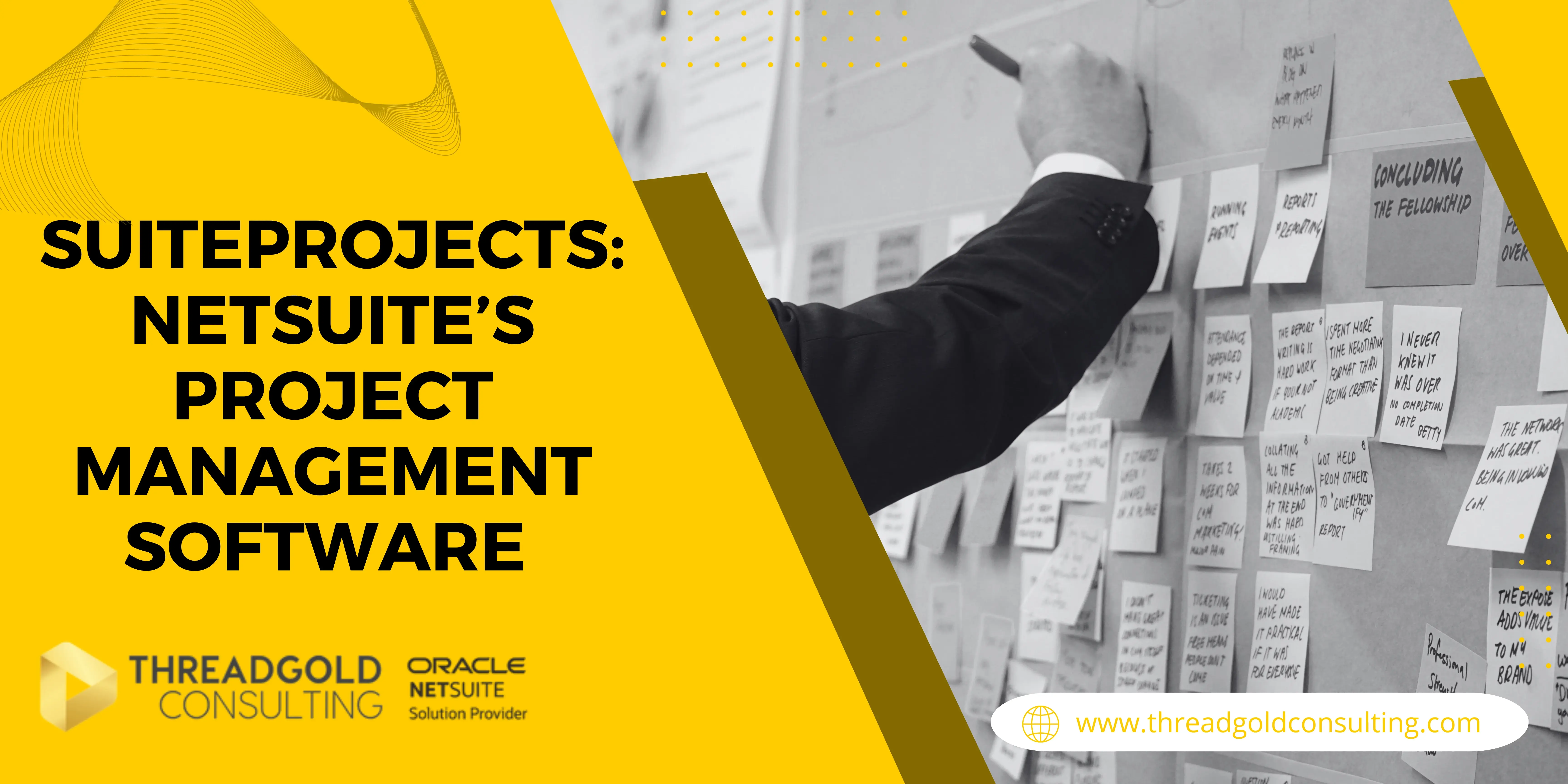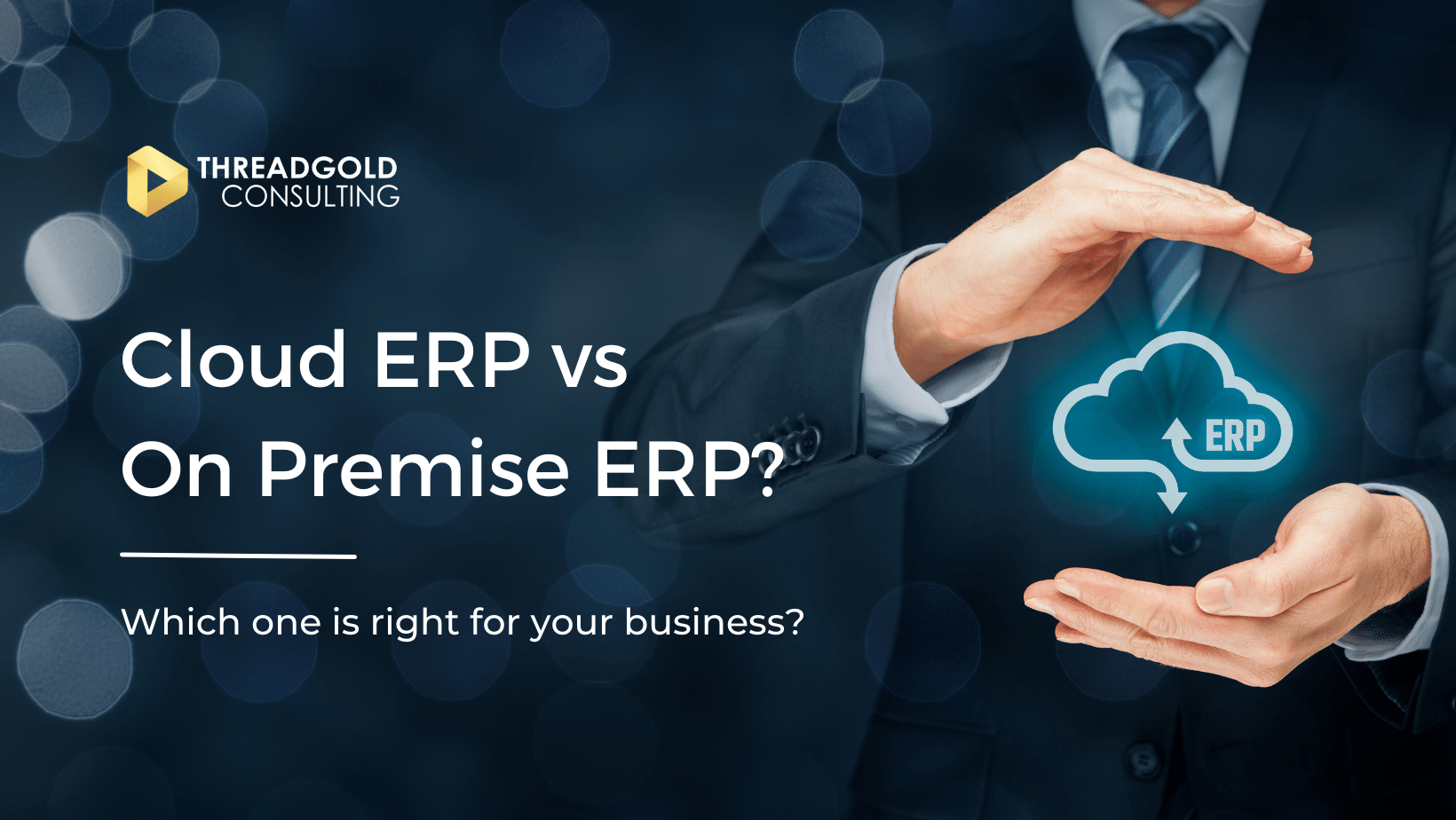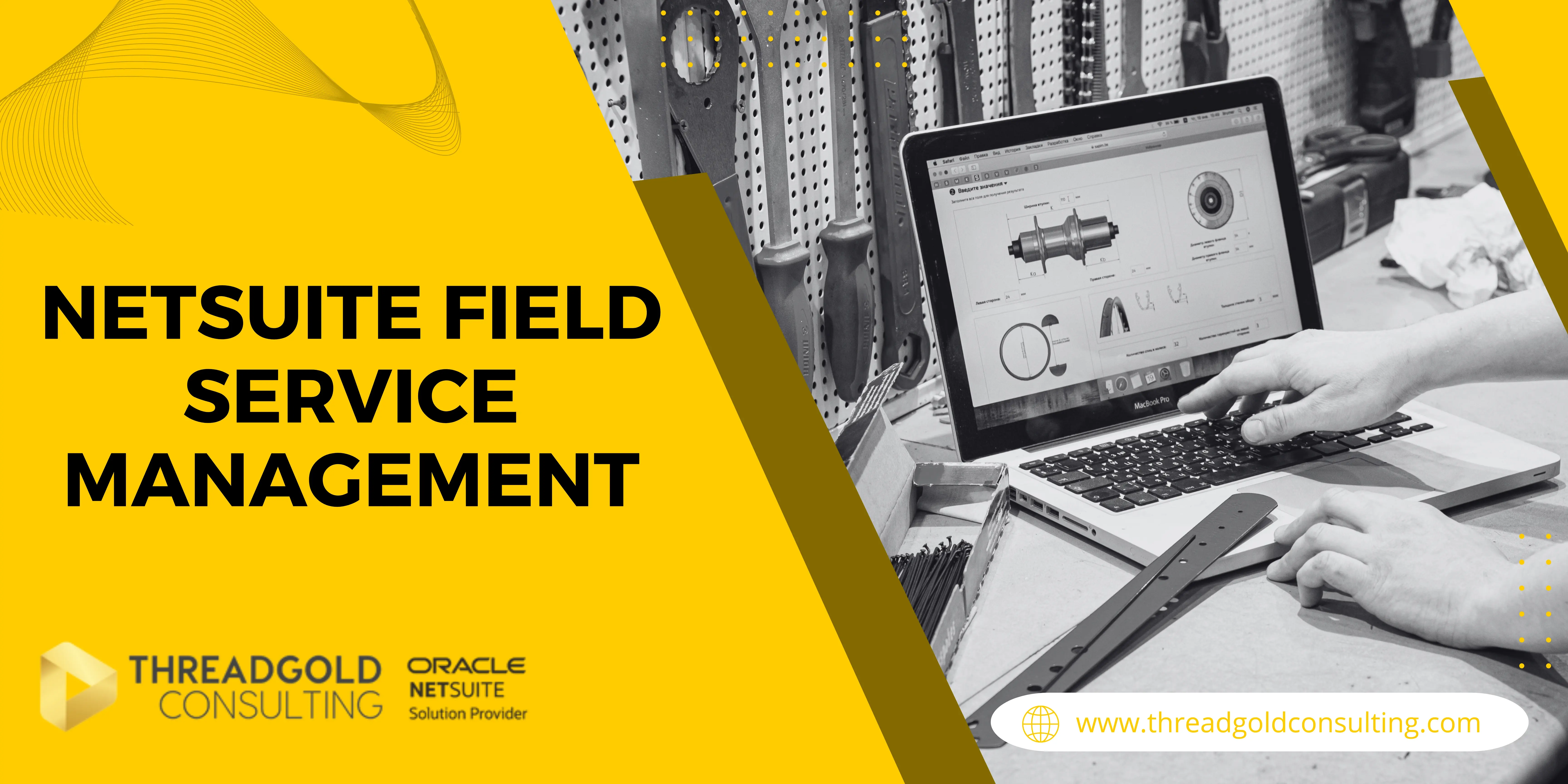Choosing an ERP can be a stressful decision. There are many different solutions on the market, all with different features and specialities.
However, before you chose your ERP, you must carry out a business process review. This blog will tell you why.
What is a Business Process Review?
A Business Process Review (BPR) is a full examination and analysis of a company's internal processes. The goal is to look at every process within the company and assess whether it's fit for purpose, or whether it could be made more efficient.
It helps to identify bottlenecks, streamline operations, and ensure that all processes are aligned with the business’s strategic objectives. There is no standard frequency to when BPR's should take place, but it's best practise to carry one out at least once per year.
Why is BPR Essential Before ERP Selection?
Conducting a BPR before selecting an ERP system is essential for a number of reasons. If you were planning to lose some weight, you wouldn't buy lots of clothes before you'd done so, and then have to buy more later?
It's the same with ERP. If you're planning an ERP implementation, don't wait until after to review your processes, as you may find you've wasted time and money setting up processes that are inefficient and unnecessary.
Let's dive into this a bit further.
Alignment with Business Needs
A BPR helps ensure that the chosen ERP system aligns with the specific needs of the business.
By thoroughly understanding and documenting existing processes, a company can select an ERP that supports and enhances its operations, rather than forcing the business to adapt to the system. This alignment is critical to ensure the ERP system delivers value and meets the organisation’s goals.
Identification of Customisation Requirements
Not all ERP systems will perfectly fit a business’s unique processes out of the box. A BPR allows a company to identify where customisations may be necessary, enabling better planning and budgeting for these adjustments.
Without this step, businesses might encounter unexpected customisation needs during implementation, leading to delays and increased costs.
Risk Mitigation
A BPR helps to identify potential risks associated with ERP implementation, such as incompatibility with existing systems, integration challenges, and process inefficiencies.
By addressing these risks early in the process, companies can avoid costly mistakes and ensure a smoother implementation.
Improvement of Processes
During a BPR, businesses often discover inefficiencies and gaps in their current processes.
Addressing these issues before implementing an ERP system means that the new system is built around optimised processes, leading to better overall performance and outcomes.
Effective Change Management
ERP implementations involve significant changes for the organisation and its employees. A BPR provides valuable insights into how current processes work and how they will change, allowing for more effective communication, training, and change management strategies.
This helps to minimise resistance and ensures a smoother transition to the new system.
Cost Control and Implementation Timeline
By identifying the specific needs and potential challenges early, a BPR helps in creating a more accurate implementation plan and budget. This reduces the likelihood of unexpected costs and delays, leading to a more successful and cost-effective ERP project.
Steps to Conduct an Effective Business Process Review
Identifying Key Stakeholders and Departments
The first step in conducting a BPR is to identify the key stakeholders and departments that will be affected by the ERP system. This includes not only those who will use the system but also those who manage and support the underlying processes.
Engaging these stakeholders early ensures that the BPR is comprehensive and considers all aspects of the business.
Mapping and Analysing Current Processes
Once stakeholders are identified, the next step is to map out current processes in detail.
This involves documenting workflows, identifying who is responsible for each task, and understanding the flow of information and materials through the organisation.
Identifying Gaps and Inefficiencies
Once all processes are identified, you can begin to uncover gaps and inefficiencies in current processes.
These might include outdated practices, unnecessary steps, or areas where automation could be introduced. Identifying these issues is crucial for ensuring that the selected ERP system will address them effectively.
Aligning Findings with ERP Selection Criteria
The insights gained from a BPR can now directly inform the criteria for selecting an ERP system. This alignment ensures that the chosen system addresses the identified needs and supports the business’s strategic goals.
For example, you may find that you still require multiple apps or third-party systems to carry out specific processes. This means you require a system that is highly customisable.
NetSuite is very easily customisable, and has multiple ways in which you can integrate third-party systems. Whereas Microsoft Dynamics Business Central is difficult to customise for example, and would result in a much longer and more costly implementation.
Best Practices for a Comprehensive Business Process Review
Here are some quick tips on how to ensure a successful business process review:
- Involving Cross-Functional Teams: For a BPR to be effective, it’s essential to involve cross-functional teams. This ensures that all aspects of the business are considered, and the resulting ERP system supports the needs of every department. Including diverse perspectives also helps to identify potential issues that might otherwise be overlooked.
- Regularly Updating Process Documentation: Business processes are not static; they evolve over time. Regularly updating process documentation ensures that the BPR reflects the current state of operations. This practice helps businesses remain agile and responsive to changes, ensuring that the ERP system continues to meet their needs long after implementation.
- Continuous Feedback and Iteration: It’s important to view a BPR as an ongoing process rather than a one-time event. Even once the ERP is implemented, there may still be areas of improvement. It's important to frequently review your system and ensure that it's still efficient as possible.
Even when following the above steps, selecting the right ERP system can be a daunting task. At Threadgold Consulting, we have over 10 years experience implementing ERP systems, and can support you throughout the entire selection process. Get in touch now and start your journey to your new ERP system!
And for more information on Oracle NetSuite and how much it costs, check out our comprehensive NetSuite pricing guide.
 FAQs
FAQs
Q: What is the difference between a Business Process Review and a process audit?
A: A Business Process Review (BPR) focuses on improving and optimising workflows to prepare for change such as an ERP implementation. A process audit, on the other hand, simply checks compliance and accuracy against existing standards. A BPR is more strategic and forward-looking.
Q: When should a Business Process Review be carried out during an ERP project?
A: Ideally, a BPR should take place before ERP selection. Doing it early helps define what the system needs to achieve, highlights process inefficiencies, and ensures that the ERP supports business goals rather than forcing new, unsuitable processes later on.
Q: How long does a Business Process Review usually take?
A: The duration depends on company size and complexity. For most SMEs, a comprehensive BPR can take anywhere from two to eight weeks, including stakeholder workshops, documentation, and analysis. Large organisations may require several months for a full review.
Q: Who should be involved in a Business Process Review?
A: Key stakeholders from every department should take part; including finance, operations, sales, IT, and management. Involving cross-functional teams ensures the ERP system supports all areas of the business and not just one department’s priorities.
Q: Can you carry out a Business Process Review without external consultants?
A: Yes, but external ERP consultants often provide valuable perspective and experience. They can identify inefficiencies that internal teams may overlook and benchmark your processes against industry best practice. This helps ensure the review leads to measurable improvement.
Q: How does a Business Process Review impact ERP implementation costs and success rates?
A: A thorough BPR can significantly reduce ERP implementation costs by preventing unnecessary customisations, improving data accuracy, and clarifying priorities. Businesses that perform a BPR before selecting an ERP are more likely to complete projects on time and within budget.






